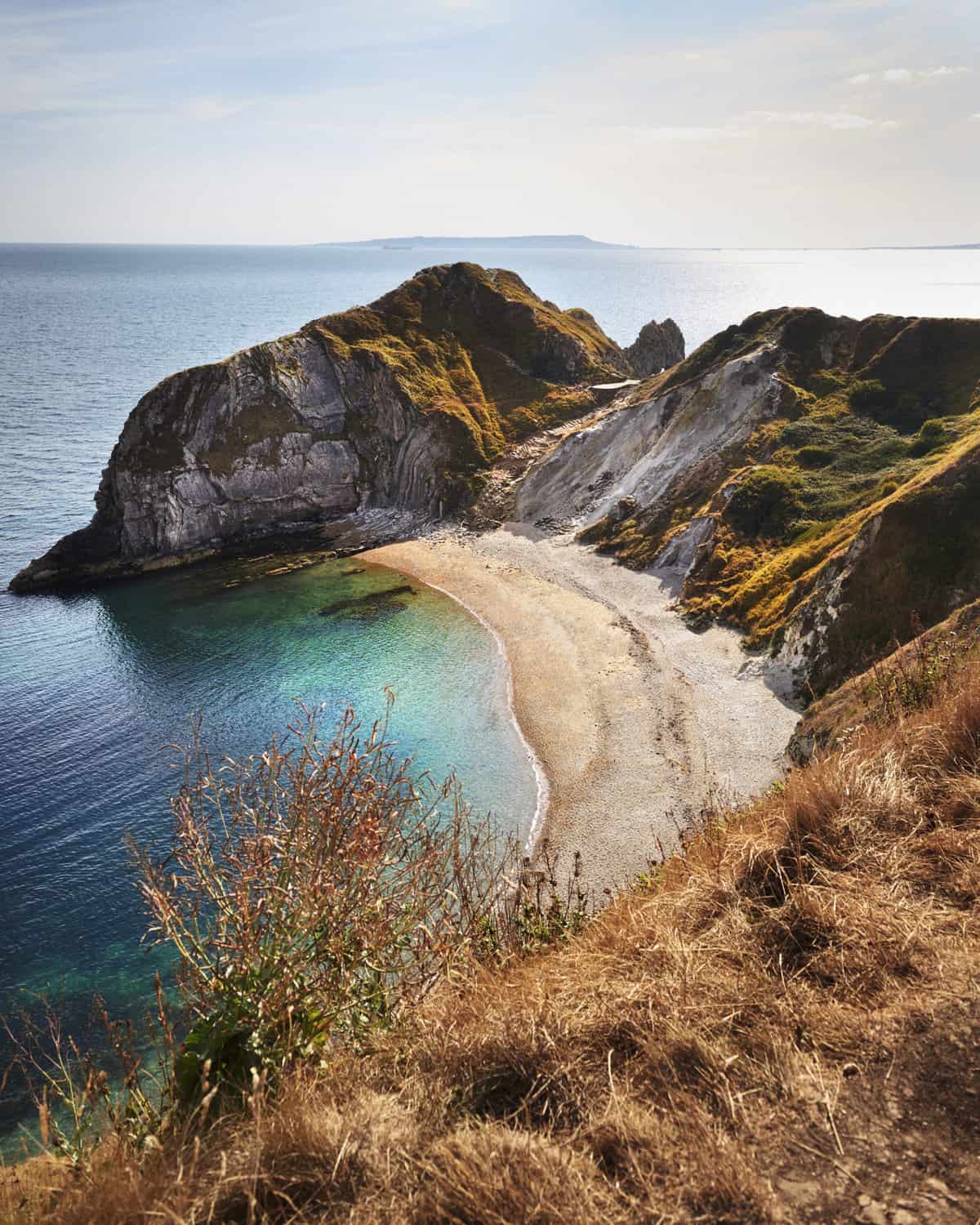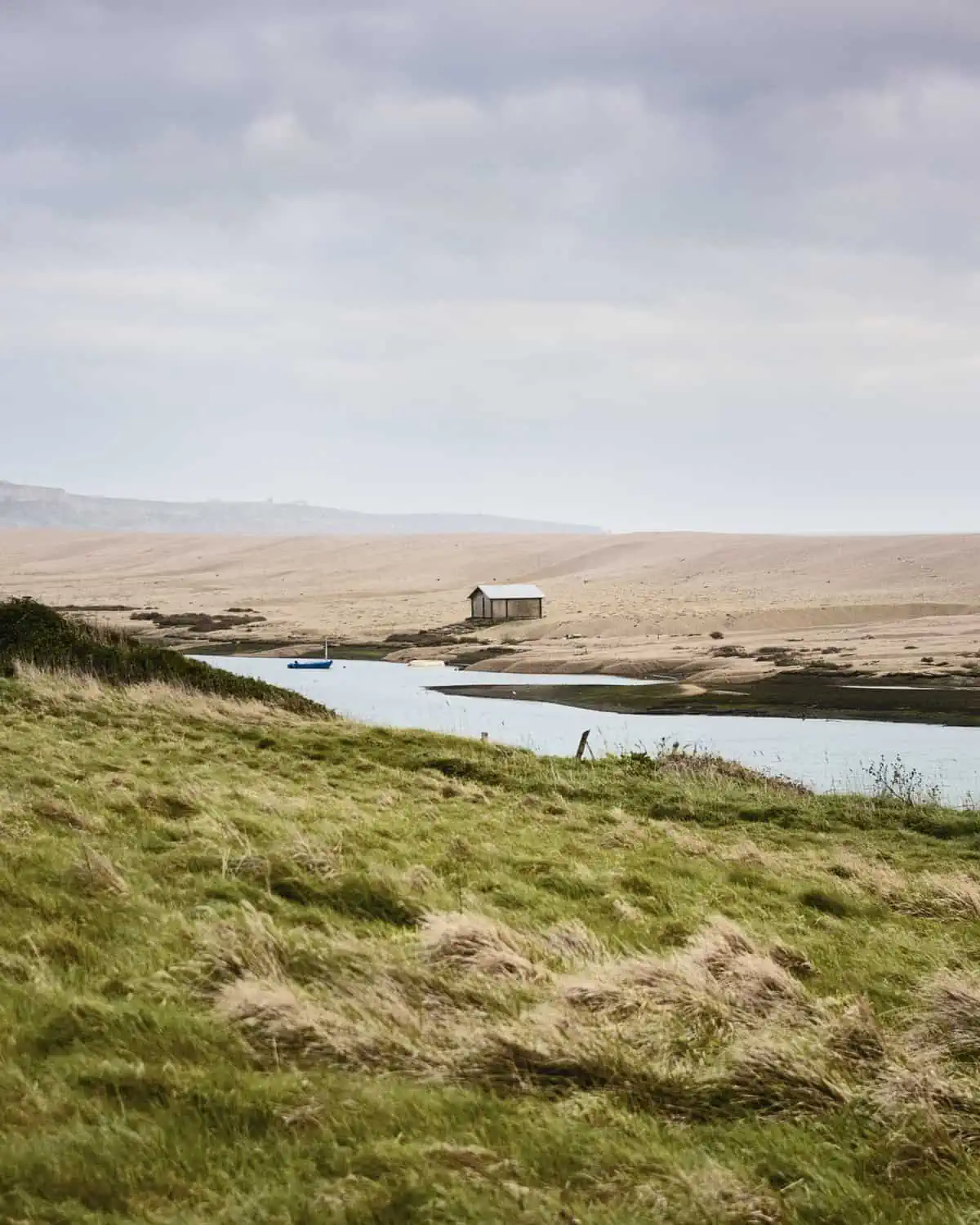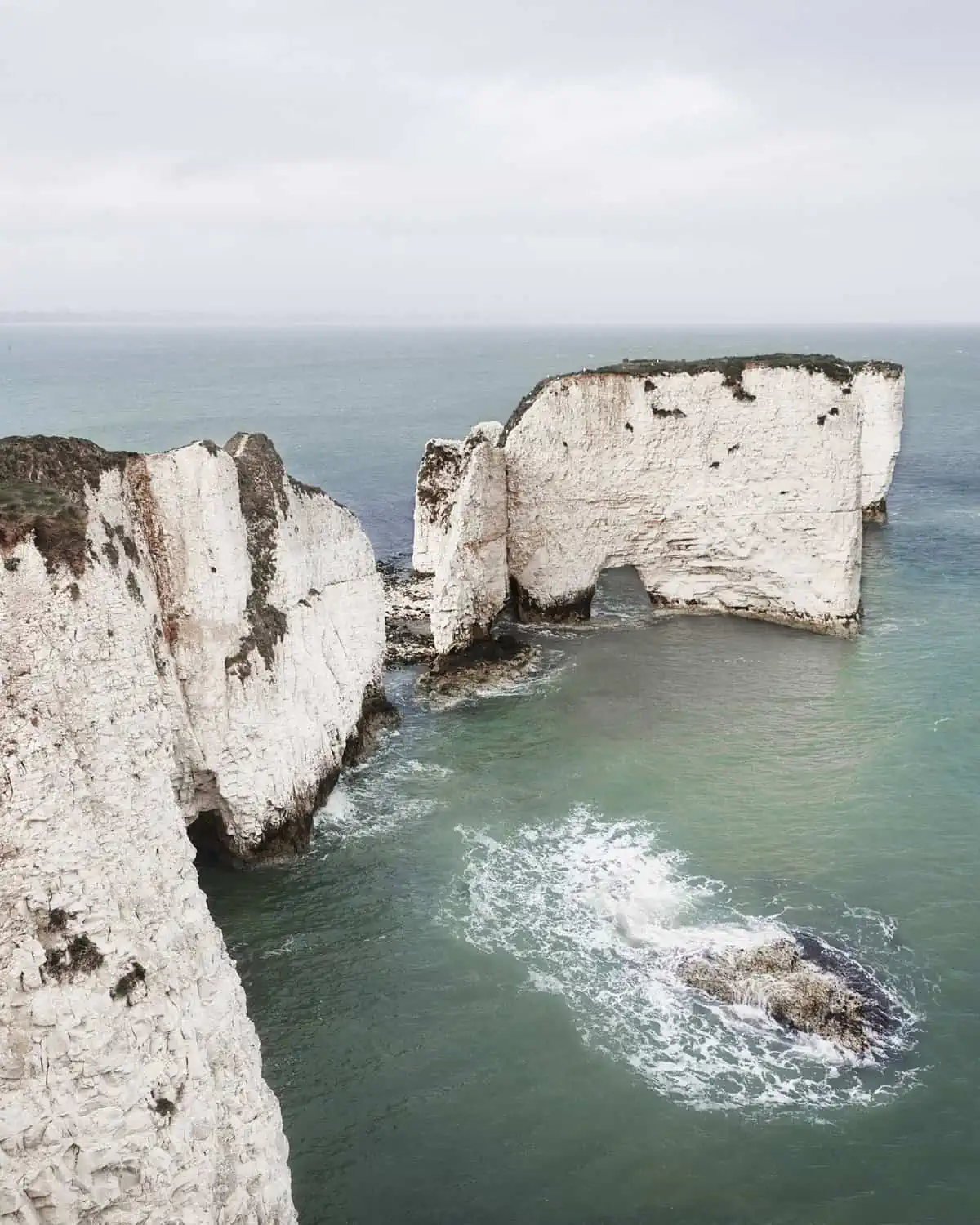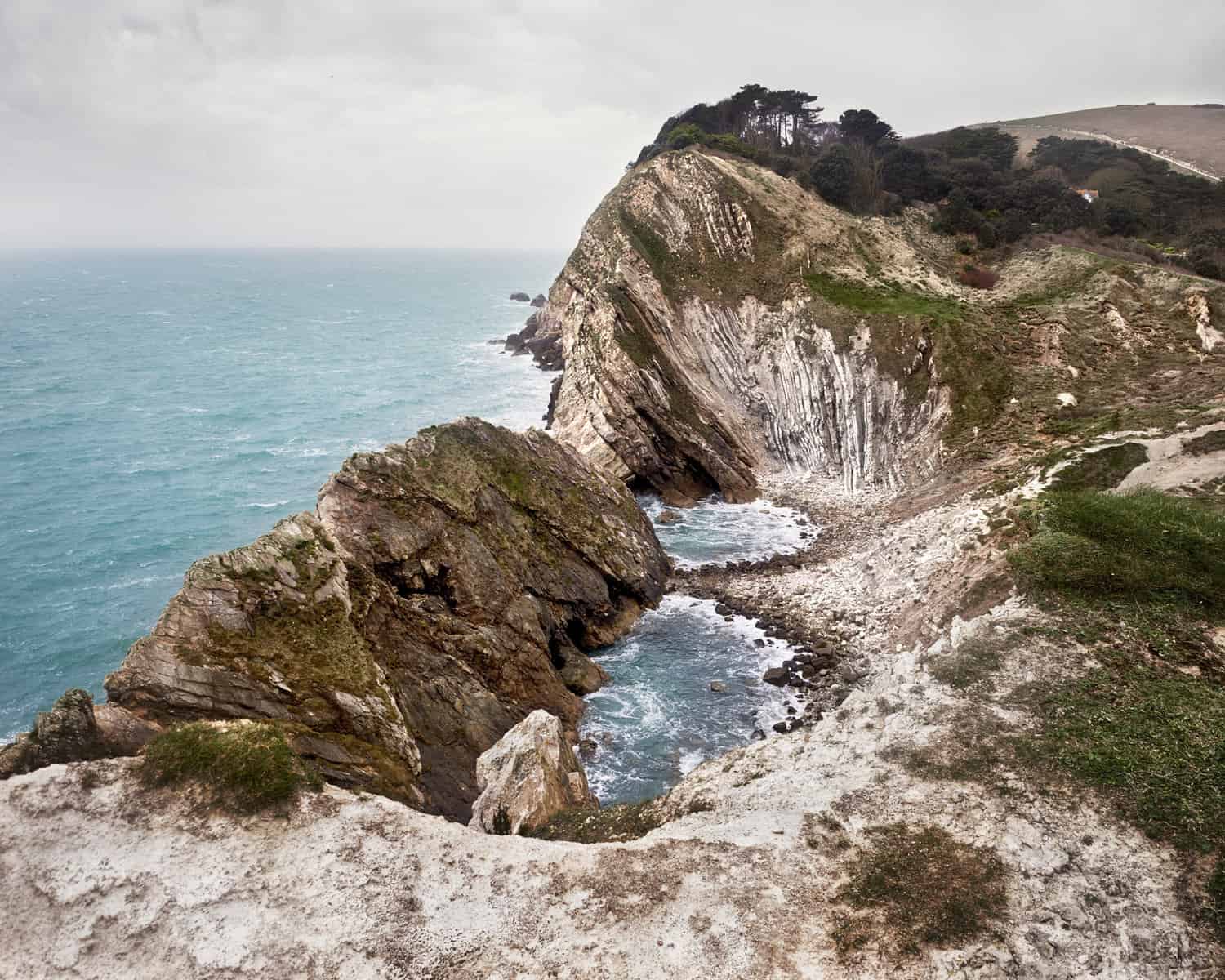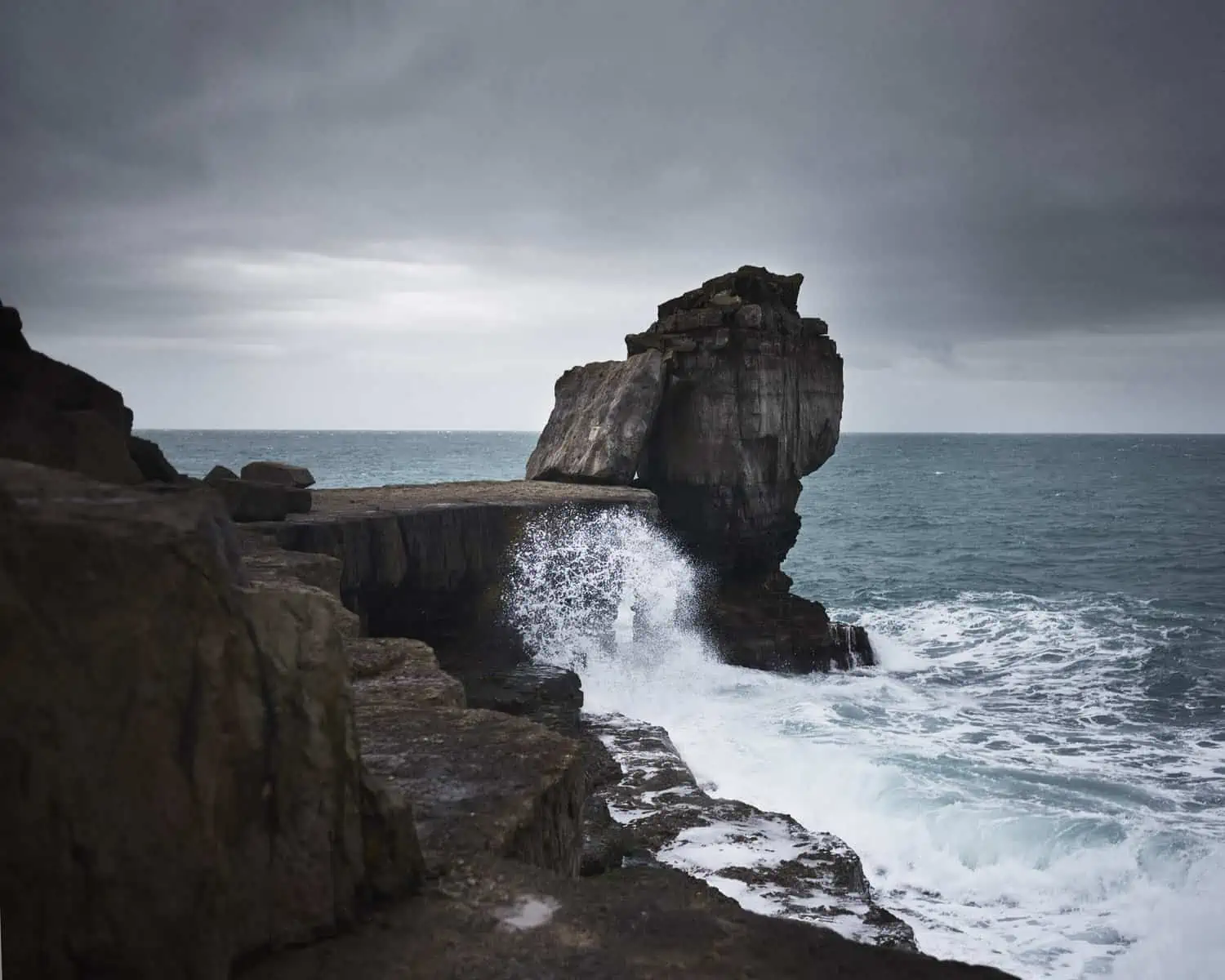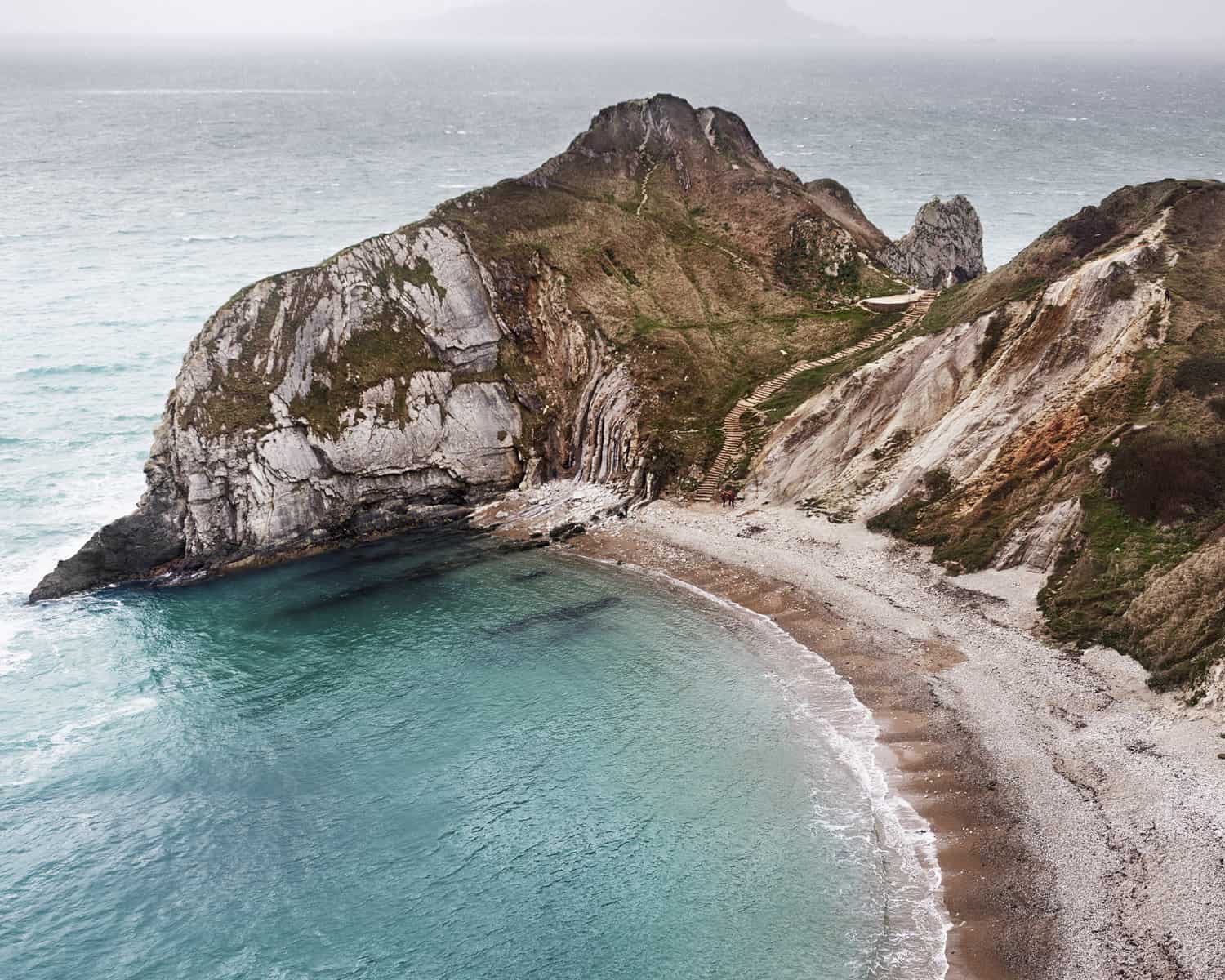It isn’t always possible to spend weeks on end exploring an area; sometimes you only have a day or two. It might be that you’re passing through on the way to somewhere else or in town for something special. There are so many opportunities to make the most of what is in an area, but sometimes if you’re only there for a short amount of time, you wouldn’t even know half of what is there just waiting to be explored. Achievable, accessible adventure is about creating opportunities where possible.
In this series, we’ve put together our ultimate, quick and easy to follow must do’s in some of the world’s most incredible locations.
The Jurassic Coast is the name given to a stretch of approximately 154km of the south coast of the UK between Studland Bay in Dorset and Exmouth in East Devon.The landscape along the coast varies from sea cliffs to pebble beaches and can change quite dramatically in the space of a few kilometres.Walking along the coast you will encounter a chain of bays and inlets – each one quite unique in its own way.You’ll also encounter numerous rock formations including natural arches and rock pinnacles emerging from the sea.In 2001 the area was awarded UNESCO World Heritage Site status.
I’m guessing a lot of you will be curious about the name and the connotations of Dinosaurs.The geology of the Jurassic Coast is pretty special and this in turn is what leads to the landscape being so interesting.The rock formations visible along the coast line were actually formed during three distinct geological periods: Triassic, Jurassic and Cretaceous – this spans a period from approximately 250 million years ago (the start of the Triassic) to 66 million years ago (the end of the Cretaceous), which corresponds with the time Dinosaurs ruled the Earth.
The area has long been renowned for fossils.These were long considered little more than curiosities, but, in the 19thCentury, scientists started to take a serious interest in them as they began to realise that the Earth – and life on Earth – was far, far older than they had previously reckoned.At the same time, the famed fossil collector Mary Anning (1799 – 1847) was recovering important dinosaur specimens along the Jurassic Coast.This was when the modern science of Palaeontology took shape.
Today, the coast is still popular with amateur fossil collectors – and it is easy to see why: if you take a walk along the beach in Kimmeridge bay, you’ll rapidly start to spot shells and so on in the rock.Soon, you’ll be overwhelmed by just how much there is.
The Jurassic Coast is very easily reached from the south of England.Southampton, Portsmouth and Poole are situated near to it.From London, it is possible to visit as a day trip, but there is approximately four hours of driving involved each way so day trips like this are best kept to the Summer when you can take advantage of the longer hours of daylight.Even in Summer, our preferred option is to spend a night so we can get in two day of walking.Hotels and campsites are plentiful!It’s also fairly easy to get to the areas via public transport with all the main towns having train stations, and many having direct lines to London.
One of the things we love the most about the Jurassic Coast is just how accessible it is.As mentioned above, it is fairly easy to get to, but on top of this, there is a fantastic network of trails waiting to be explored.Most of these are fairly easy-going and achievable by even the most inexperienced hikers, families with young children etc.
We think it’s a great place to take your first steps into the outdoors and what’s particularly helpful here is that you do not needs lots of specialised equipment: we’d always recommend proper walking boots, for instance, but many of the trails on Jurassic Coast be easily be tackled in comfortable trainers.
The area is deservedly popular and on Summer weekends with good weather some of the beaches can get very busy – this isn’t a place to find solitude! However, as is often the case, once you set out on a trail, you’ll soon leave the crowds behind and, whilst it’s unlikely that you’ll have the trail completely to yourself, you will certainly have a wilder experience.
Having said all of the above, we still think the Jurassic coast has plenty to offer the more experienced hiker.The landscape is truly spectacular and, whilst the trails may not offer much to an experienced hiker in terms of technical challenges, the beauty of the landscape more than makes up for this.Furthermore, whilst many of the hiking routes are on well-marked trails, the terrain is far from flat, so again, whilst it is certainly not the most technical, it is not exactly a walk in the park either!
Experienced hikers should also investigate the South West Coast Path.As the name suggests, this is a long-distance route that runs the full length of the Jurassic Coast and far beyond.You could very easily choose sections of this to make up a long day or even multi day hike.
In terms of hazards, there isn’t much to say.Many of the trails are along cliff tops, so you really just need to exercise common sense: stay away from the edges and keep an eye on children!Many of the trails have signs and/or barriers to let you know when there’s an edge you need to keep back from.You’ll often see people ignoring these, but honestly, this isn’t worth the risk (the signs are there for a reason and besides your own safety, if many people are walking close to a cliff edge, it can cause erosion and damage to fragile eco systems). Beyond this, you should make sure to bring a bottle of water and some sunblock – the coast is generally quite exposed, so in Summer there is nowhere to hide from the Sun when you are on the trail!
We’ve listed a few of our favourite things to see and do on the Jurassic coast below.This is really just scratching the surface – the Jurassic coast is a large area and you could spend hours exploring a single bay.For us, this is the beauty of the area: we’ve visited so many times and yet there always seems to be more to return for!
Lulworth Cove to Durdle Door
This is a great hike to get a taste of the Jurassic Coast.Starting in the picturesque town of West Lulworth (there’s a visitor centre with ample paid parking), you begin with a short walk to Lulworth Cove – a beautiful horseshoe shaped bay with a pebble beach flanked by chalk cliffs.After taking some time in the cove, a well-marked path heads east along the coast towards Durdle Door – a natural sea arch in the cliffs.Along the way, you’ll pass Stair Hole and Man-O-War Bay, both beautifully scenic sea inlets that give a good indication of the variety of scenery that the Jurassic Coast has to offer.Stair Hole is only a few hundred meters from Lulworth Cove, for instance, and yet the geology it presents is radically different – the white chalk cliffs give ways to a layer-cake of rock strata which has been churned by geological processes so much over the millennia that some of the layers are twisted and folded onto their sides.
The trail itself is fairly short – perhaps slightly under 2km one way.Once at Durdle Door, you can leave the path and descend a stairway to the rocky beach below.The main path is actually the South West Coastal Path, and should you wish, you can follow it all the way to Corwall.
Lulworth Cove and Durdle Doors are fairly iconic locations – you’ll know doubt recognise them if you’ve spent any time looking at landscape photography on Instagram.As such, this place does get busy!You are very unlikely to have the trail to yourself and on fine Summer weekends, you can expect substantial crowds.
Kimmeridge Bay
Kimmeridge bay is a short distance east along the coast from Lulworth Cove and both these walks, along with Old Harry Rock (below) could very easily be completed in the same day.The bay is accessed via a toll road (£5 per car as of writing), payable only in cash.Cyclists and walkers are not charged.
Like Lulworth Cove it is a horseshoe shaped bay, but here the similarity ends.In place of the white cliffs and pebble beach, there is a loose slate cliff and large stone flats on the beach, punctuated with rockpools.
This is a fossil hunters paradise, and once your eye accustoms to it, you’ll find yourself spotting all manner of fossilised creatures in the rocks.If this interests you, it’s worth doing a little research as there are often guided fossil walks and indeed snorkel safaris where you can explore the natural history of the area further.
There isn’t really a trail as such at Kimmeridge Bay, though the South West Coastal Path does pass through.Much of the surrounding land is property of the Ministry of Defence and used as live fire training ranges – it isn’t unusual to hear distant heavy machine gun fire as you walk on Kimmeridge Bay.This does of course mean that there are limits to where you can walk beyond the bay – the boundaries of the military ranges are all very clearly marked and, as mentioned before, these are live fire practice ranges so it would be very foolish indeed to trespass here!
One final note on Kimmeridge Bay is that the slate cliffs above the beach can sometimes become unstable.Be aware of any warning signs and try to stay clear of the cliff foot during or after stormy weather.
Old Harry Rocks and the Pinnacles
A short drive further East along the coast from Kimmeridge Bay and just before your reach Poole and Bournemouth, you’ll find Old Harry Rocks – another ‘Insta-famous’ location.
Old Harry Rocks is the name given to a collection of three free-standing chalk columns just off the coast.Once they would have been connected to the main cliff by a natural arch – Just like Durdle Door – but this arch has long since collapsed.The main rock is old Harry and the other two are his ‘wives’.There are various legends about how the name came to be – one being that Old Harry, aka The Devil slept on the rock and another that an infamous pirate – Harry Paye – used to hide his ship behind the rocks whilst waiting for his victims to sail past.
The rocks are accessed via a very short trail from a car park.The walk itself is, to be honest, very uninteresting right up until the point when you arrive at Old Harry – at which point a fantastic view opens up to the West along the coast and on a clear day you can easily see the Isle of Portland.Much closer, you will also see The Pinnacles – two further chalk columns a little further along the coast from Old Harry.
Personally, I think The Pinnacles are more photogenic than Old Harry and it’s interesting to hear that many people don’t notice them at all as they are so busy looking at their more famous neighbour.
I mentioned above that the walk from the car park is fairly uninteresting – indeed for much of the early part of the walk, you are surrounded by dense hedges which block the view.However, it’s worth noting that you are still very close to a cliff edge and there points in the early part of the walk where there are gaps in the hedge which quickly lead to very sudden drops – if you’ve got young children with you, be sure to keep an eye on them!
Isle of Portland Circuit
Heading West from Lulworth Cove, you’ll reach the town of Weymouth – which is worth a visit in its own right.The Isle of Portland is just off the coast south of Weymouth and is connected to the mainland via a causeway which comprises one end of Chesil Beach – an interesting geological feature in its own right (on a map, it is so straight it almost appears to be man-made).The island is perhaps best known for the Portland Stone that is still quarried there.Oh, and there’s a well-known local superstition about rabbits – best not to mention them!
The South West Coast Path – the same long-distance route that took us from Lulworth Cove to Durdle Door – makes a complete circuit of Portland in roughly 21km.This is a full day’s worth of walking with plenty of height gained and lost along the way.We started off by driving to Portland Bill – a famous lighthouse on the southern tip of the island– and worked clockwise around the island from there.We cut across country at Fortuneswell at the norther tip of the island to re-join the coastal path.
This is fantastic hike, taking in some spectacular views from clifftops and working through some varied terrain and passing some historical buildings too (including the historic Portland prison – parts of which are listed).When we did this trail, a few sections on the Western part of the island had been closed due to cliff erosion, but the diversions were clearly sign-posted, and this did not take away from a spectacular day.
As mentioned above, these suggested routes really only scratch the surface of the Jurassic Coast.There really is a lot to see and do there!Aside from hiking and geology, the area is also rich with human – and especially military – history.The ease of accessibility from the South of England – and especially so from London, makes the Jurassic Coast well worth taking the time to visit.

